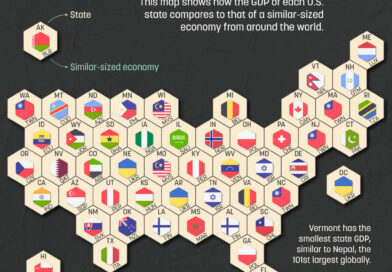The True Size of Africa
Africa is the second-largest and second-most-populous continent on our planet. About 30.3 million km2 (11.7 mln sq mi), including adjacent islands, covers 6% of Earth’s total surface area and 20.4% of its total land area. With 1.2 billion people as of 2016, it accounts for about 16% of the world’s human population.
Read More













